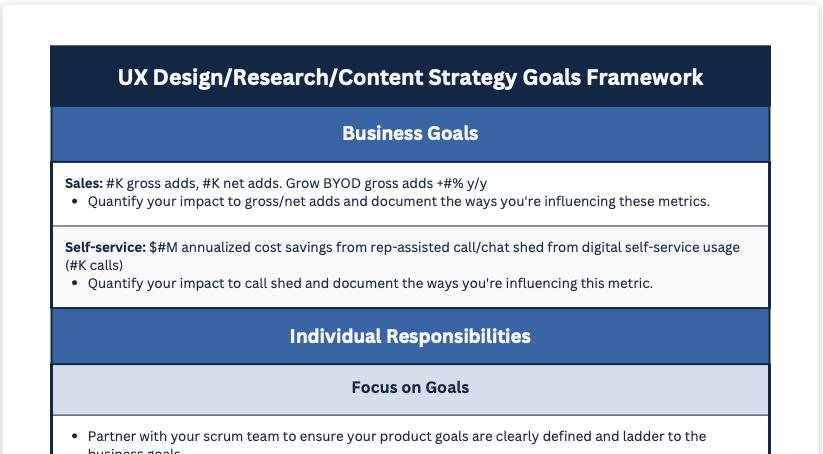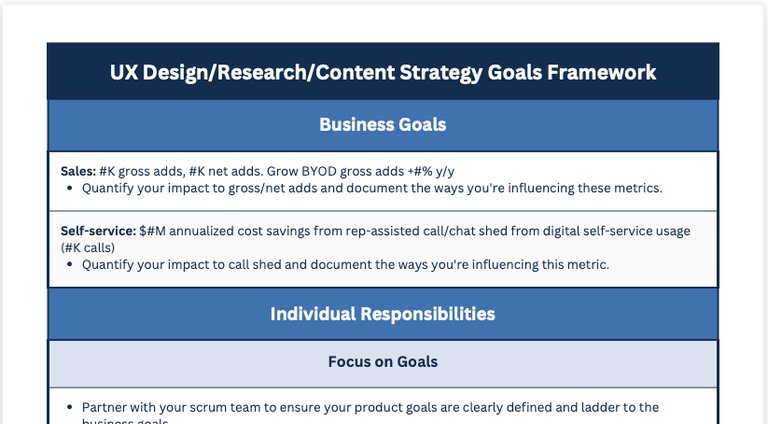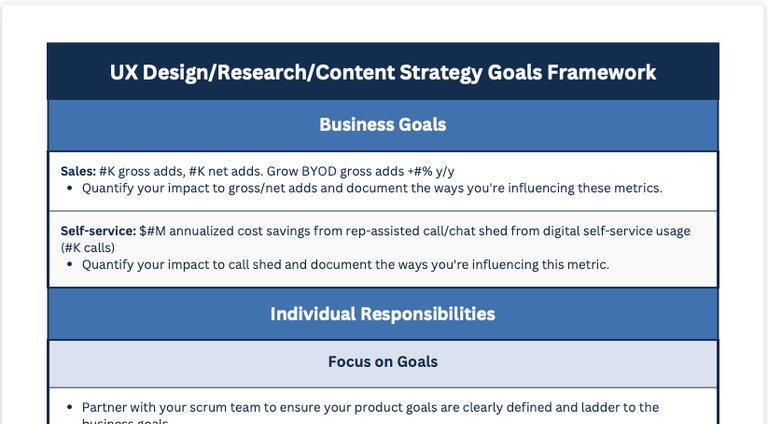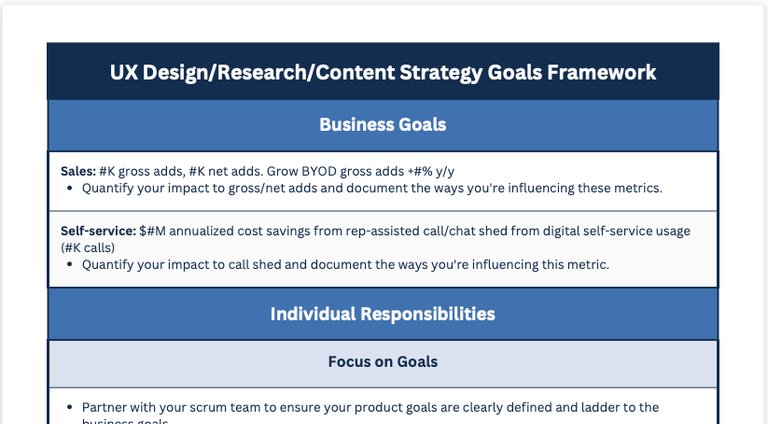Building User-Centered Product Strategy: A Framework for Success
In today's competitive landscape, the most successful products aren't just technically excellent—they're deeply connected to user needs and behaviors. This post explores a comprehensive framework for developing product strategies that put users at the center while achieving business objectives.
Why User-Centricity Matters More Than Ever
The digital landscape has fundamentally shifted power to users. With countless alternatives available, users can easily abandon products that don't meet their needs. Companies that embrace user-centricity consistently outperform their competitors:
- Higher retention rates: User-centered products see 2-3x better retention
- Increased customer lifetime value: Deep user understanding drives better monetization
- Reduced development costs: Building the right features first prevents costly pivots
The User-Centered Strategy Framework
1. Deep User Understanding
Before defining any product strategy, you must develop profound empathy for your users. This goes beyond demographics to understand:
User Understanding Pyramid:
├── Demographics (Who they are)
├── Behaviors (What they do)
├── Motivations (Why they do it)
├── Pain Points (What frustrates them)
└── Aspirations (What they want to achieve)
Key Research Methods:
- Ethnographic studies for deep behavioral insights
- Jobs-to-be-Done interviews to understand motivations
- Journey mapping to identify pain points
- Continuous feedback loops for ongoing learning
2. Strategic Alignment Framework
Once you understand your users, align this knowledge with business objectives using the User-Business Alignment Matrix:
| User Need | Business Impact | Strategic Priority | Resource Investment | |-----------|----------------|-------------------|-------------------| | High | High | P0 - Critical | Heavy | | High | Medium | P1 - Important | Moderate | | Medium | High | P2 - Valuable | Moderate | | Low | Low | P3 - Nice-to-have | Minimal |
3. Opportunity Identification
Use the 3-Horizon Model adapted for user-centricity:
- Horizon 1: Optimize current user experience (70% effort)
- Horizon 2: Expand to adjacent user needs (20% effort)
- Horizon 3: Explore transformational user opportunities (10% effort)
Implementation: From Strategy to Execution
Phase 1: Foundation Building (Weeks 1-4)
-
Assemble cross-functional team with representatives from:
- Product Management
- UX Research
- Design
- Engineering
- Customer Success
-
Conduct comprehensive user research:
- 15-20 in-depth user interviews
- Quantitative behavioral analysis
- Competitive user experience audit
-
Create shared user understanding:
- Detailed personas with emotional context
- User journey maps with pain/delight moments
- Jobs-to-be-Done framework
Phase 2: Strategy Development (Weeks 5-8)
- Map user needs to business opportunities
- Prioritize using the alignment matrix
- Define success metrics that balance user and business outcomes
- Create strategy roadmap with clear hypotheses to test
Phase 3: Execution & Learning (Ongoing)
- Build with user feedback loops
- Measure both user satisfaction and business metrics
- Iterate based on continuous learning
- Scale successful patterns
Real-World Example: Transforming E-commerce Search
Consider how a major retailer transformed their search experience using this framework:
User Research Insights:
- Users felt overwhelmed by too many options
- Visual learners struggled with text-only results
- Mobile users needed faster, thumb-friendly navigation
Strategic Response:
- Implemented AI-powered result filtering
- Added visual search capabilities
- Redesigned mobile interface for one-handed use
Results:
- 34% increase in search-to-purchase conversion
- 28% reduction in search abandonment
- 4.2/5 user satisfaction score (up from 2.8/5)
Common Pitfalls to Avoid
1. Assumption-Driven Strategy
Don't rely on internal assumptions about users. Always validate with real user data and feedback.
2. One-Size-Fits-All Approach
Different user segments have different needs. Develop nuanced strategies for each key segment.
3. Static Strategy
User needs evolve. Build mechanisms for continuous strategy refinement based on ongoing user research.
4. Metrics Misalignment
Ensure your success metrics reflect both user value creation and business impact. Avoid vanity metrics that don't drive real outcomes.
Tools and Resources
Essential Tools
- User Research: UserInterviews, Calendly, Zoom
- Analytics: Google Analytics, Mixpanel, Amplitude
- Feedback Collection: Hotjar, Intercom, Typeform
- Journey Mapping: Miro, Figma, Lucidchart
Recommended Reading
- "Inspired" by Marty Cagan
- "The Lean Startup" by Eric Ries
- "Competing Against Luck" by Clayton Christensen
- "Don't Make Me Think" by Steve Krug
Measuring Success
Track these key metrics to ensure your user-centered strategy is working:
User Metrics:
- Net Promoter Score (NPS)
- Customer Satisfaction (CSAT)
- User engagement depth
- Feature adoption rates
Business Metrics:
- Customer lifetime value
- Retention rates
- Revenue per user
- Market share growth
Next Steps
Ready to implement user-centered product strategy in your organization? Here's your action plan:
- Week 1: Audit current user research practices
- Week 2: Identify key user research gaps
- Week 3: Plan comprehensive user research initiative
- Week 4: Begin user interviews and data collection
Remember: Building truly user-centered products is a marathon, not a sprint. Start with deep user understanding, align with business objectives, and iterate continuously based on learning.
What challenges have you faced in implementing user-centered product strategy? Share your experiences in the comments below, or reach out on LinkedIn to continue the conversation.
Want more insights like this?
Subscribe to get weekly articles on product strategy and UX design.
No spam, unsubscribe at any time. We respect your privacy.




